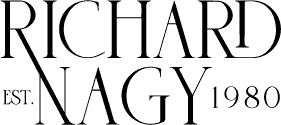Biography
Egon Schiele, the enfant terrible of 20th-century art, was born in June 1890 in the town of Tulln, outside Vienna. His phenomenal skills were employed, with the lack of restraint typical of adolescence, on subjects often left well alone by his predecessors and contemporaries – Eros and Thanatos, worked out with pencil, crayon, gouache and oil. Sex and death invaded his middle-class life at a young age – his syphilitic father went insane and died when Schiele was 14 years old. This major blow to the boy led to his confrontational approach to life and art. This has had popular psychologists over-analyzing his so-called pathology ever since. That he was prosecuted, aged 21, for carnal knowledge (he spent 24 days in jail on remand before being acquitted) has not helped – emphasizing his wild-child status for some and confirming his victimhood at the hands of bourgeois society for others.
In 1906, Schiele enrolled at Vienna’s Academy of Fine Arts. He left in 1909, prompted by Gustav Klimt’s invitation to exhibit at the Kunstschau – where he came across the work of Vincent van Gogh and Edvard Munch, among others. At this point he still saw himself as the protégé of Klimt, while soaking in the energy of the great art with which he came into contact. The influence of his near contemporary Oskar Kokoschka became apparent in the raw expressionism of Schiele’s work of 1910. The symbolist line and comfortable colouration of Klimt was displaced in Schiele’s work at this time with a sense of colour that was almost aggressive in its juxtaposition of reds and greens, and blues and oranges, which are, nevertheless, sublimely well balanced.










